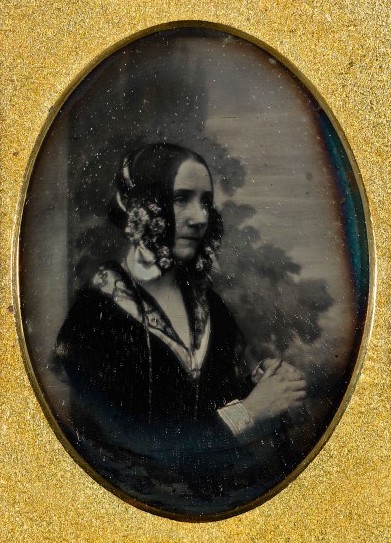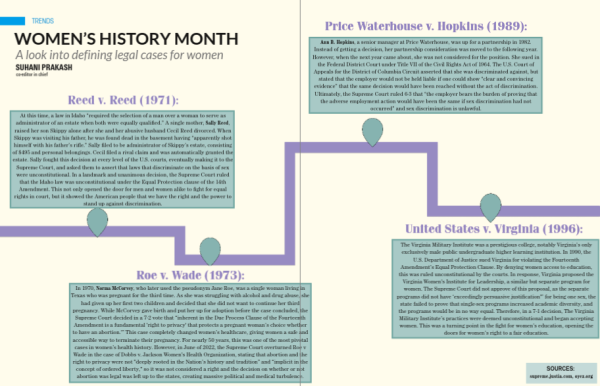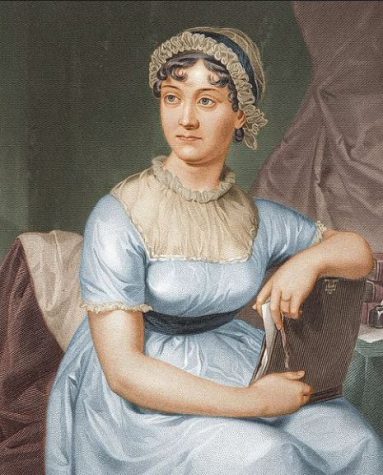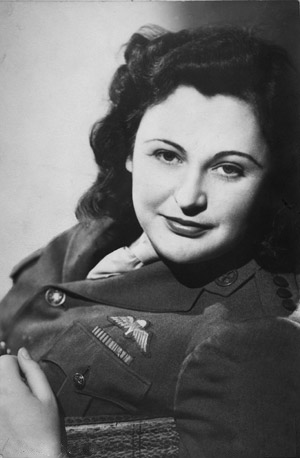Ada Lovelace

LADY LOVELACE. The only known photograph of Ada Lovelace is this daguerreotype, believed to have been taken by Antoine Claudet in 1843. The daguerreotype was the first photographic process that found commercial success. Daguerreotypes were very expensive unique images printed on metal plates.
Ada Byron, Countess of Lovelace, was born the daughter of the poet Lord Byron but remembered and recognized posthumously as Ada Lovelace, a “prophet of the computer age,” an “enchantress of numbers,” an analyst, a metaphysician, and the founder of scientific computing.
Lovelace, in fact, never met her father; it was her mathematically-trained mother who insisted that Lovelace (an aristocratic girl living in the mid-1800s) study mathematics and science as part of her private tutoring. Her skills in mathematics and language were evident early on.
When she was 17 years old, Lovelace met Charles Babbage, a mathematician, inventor, and pioneer in the world of computers. Lovelace went on to study under Babbage, a professor of mathematics at Cambridge University, and spend time with his revolutionary Difference Engine, a complex machine that could make mathematical calculations.
After putting her studies on hold to marry and bear three children, Lovelace returned to the mathematical world to translate an article about Babbage’s Analytical Engine that was published in French. Lovelace translated the text into English and added in her own notes.
Lovelace stayed friends with Babbage until she died of cancer at the age of 37. Her forward-thinking concepts on coding and computer programming, which made her the first computer programmer, went largely undiscovered until the 1950s, when those notes were reintroduced.
Sources:
Your donation will support the student journalists of Sycamore High School. Your contribution will allow us to purchase equipment and cover our annual website hosting costs.






